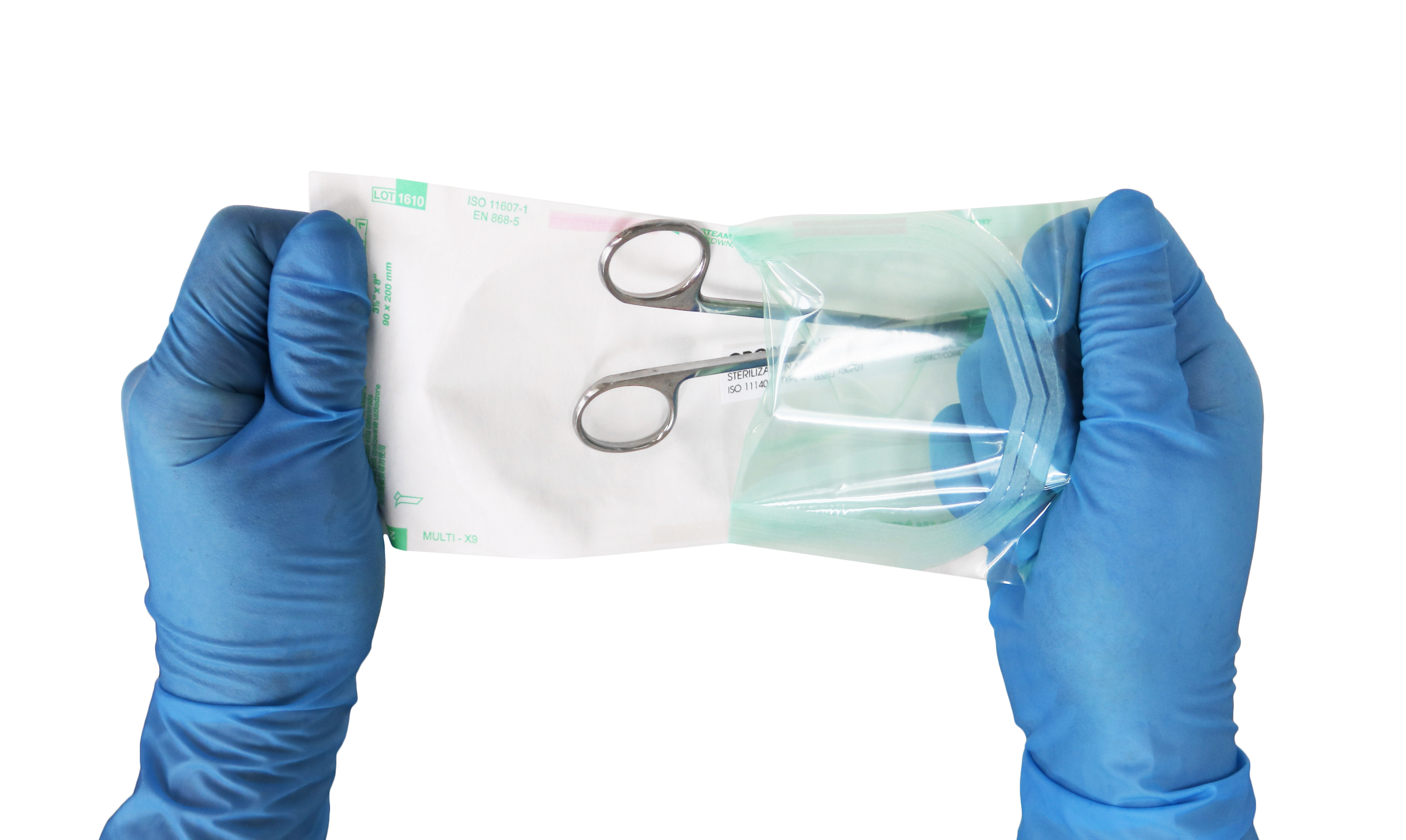COLOR CODING – ISSUE NO. 494
November 1, 2018
When I was going to school, I wasn't the most professional note taker. I took notes, but I didn't do all the fancy highlighting, color-coding and columnizing of notes that some of my peers did. The fact that I even had a notebook designated for each specific class was an accomplishment for me. Something I noticed, though, was that my peers who utilized highlighters and colored pens typically did well on their tests and on their assignments. I'm thinking this had something to do with efficiency; it's easier to find what you're looking for when it's sorted or assigned to a place. Now that I'm older and keep a calendar, I've noticed even these are color-coded, allowing me to sort the type of event scheduled, displaying its level of priority through color.
Even traffic lights are color coded, and in a way, it makes them easier to understand than a four-way stop at an intersection. We know to drive when the light is green, to slow down (or speed up, depending on your style) when the light is yellow and to stop when the light is red. At four-way stops, the person who is there first technically gets the right away, but when cars arrive at the same time, it can be confusing.
We've recently just released Instrument Tube Brushes (ITB Brushes) that are also color coded. The color-coding on our brush shafts make it simple for Sterile Processing Departments to clarify what brushes are to be used for specific tasks. Each brush is coded according to its brush part diameter. This color-coding option, just like color-coding in school, email and traffic lights, creates organization and leaves no room for confusion. To check out our new brushes, click here.
HAVE A QUESTION?
WE ARE HERE TO HELP
Have a question about our products? Contact us today to speak directly to a Healthmark team member or shop our catalog now to request a inquiry


